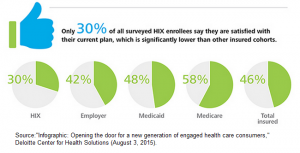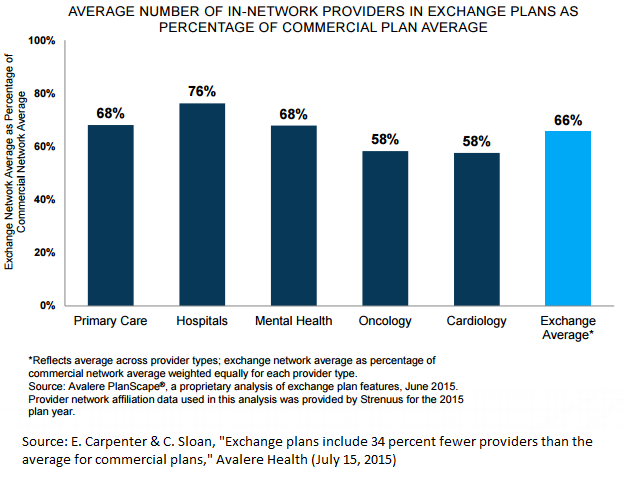15 Percent of Obamacare’s Second Season Enrollees Were Gone by June 30
Obamacare’s second enrollment season closed around the end of February, with 11.7 million signed up. By March 31, that had dropped to 10.2 million who actually paid their first month’s premium. New data from the administration report that number dropped further to 9.9 million by June 30.
What is also notable is that the entire drop of paid enrollees occurred in states using the federal exchange, not state-based exchanges (for which enrolment stayed at 2.7 million). There is no word on whether the drop-outs got employer-based coverage, descended into Medicaid, or stayed uninsured. 423,000 were dropped by the administration because of lack of documentation of citizenship or immigration status.
A stable market? Not quite, I guess.





